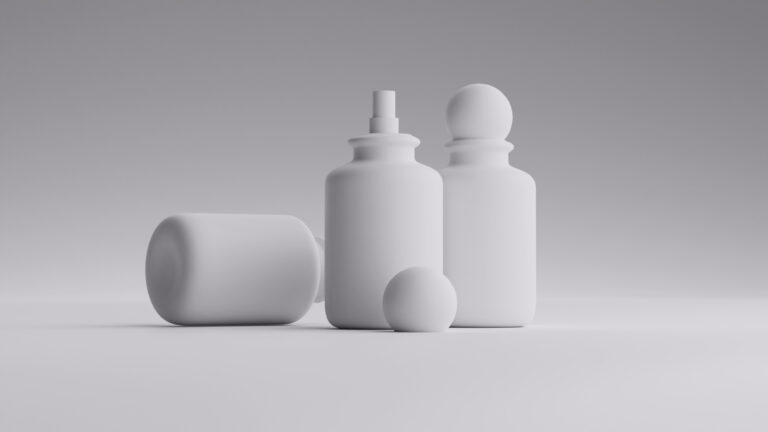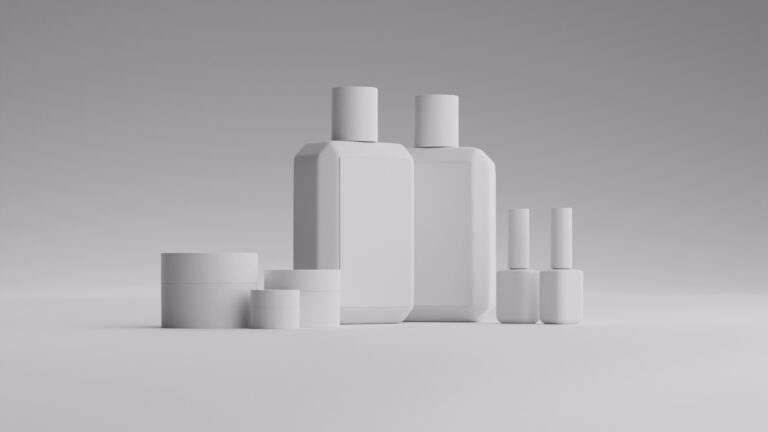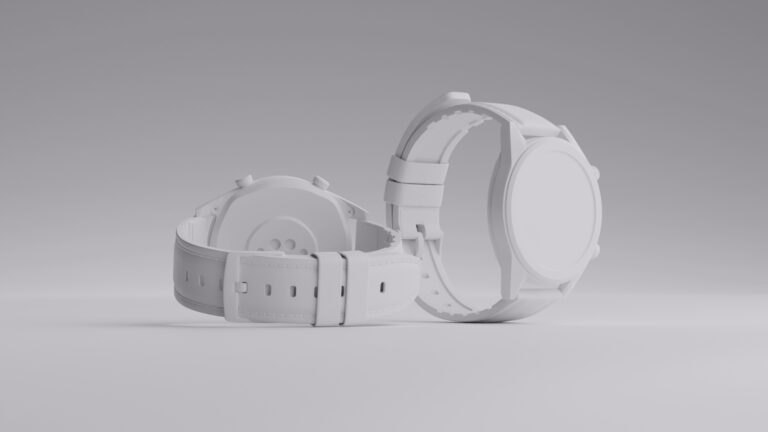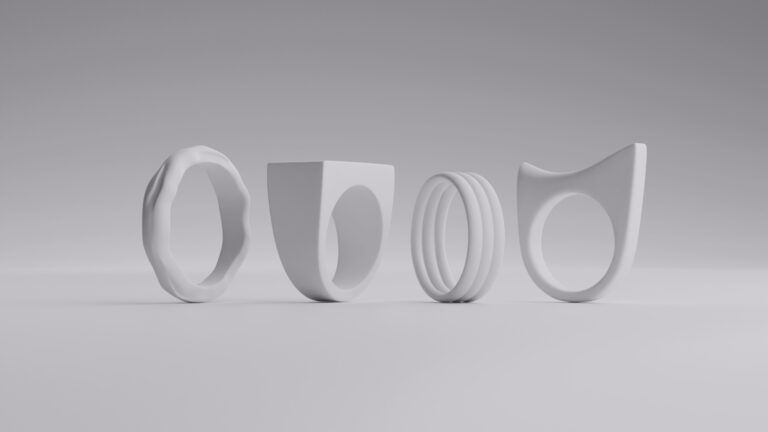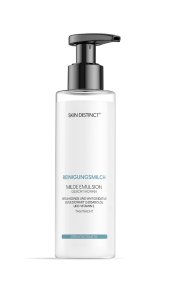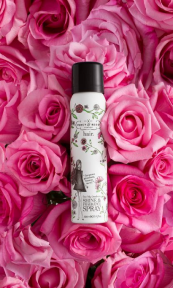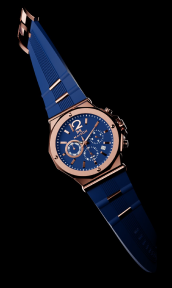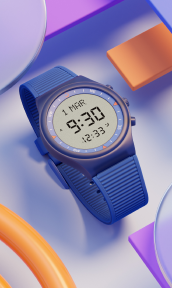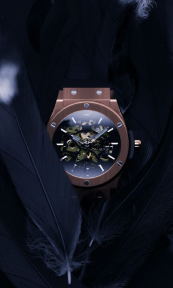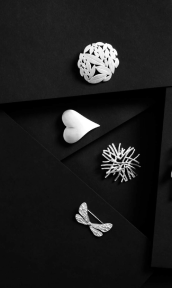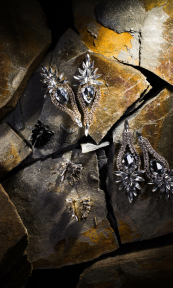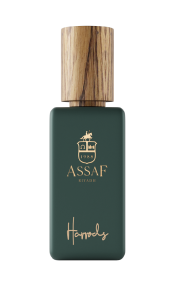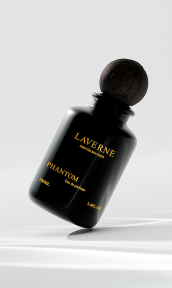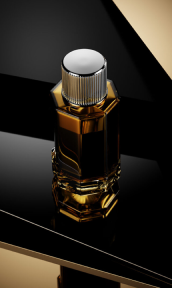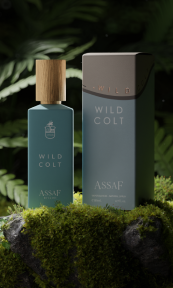Think about the last time you browsed through beauty products online. What caught your eye? Chances are, it was the stunning product photos that made you stop scrolling. That’s because great beauty product photography can turn a casual browse into a “must-have” moment in just seconds. When done right, these images don’t just show what a product looks like – they tell a story that builds trust and makes your brand impossible to resist.
Want to know one of the industry’s best-kept secrets for creating those scroll-stopping product shots? It’s all about mastering your lighting techniques, and backlighting is the real game-changer here. This simple yet powerful approach can transform your everyday product photos into eye-catching visual stories that your customers won’t be able to ignore. By placing your light source strategically, you can add that sought-after premium look that makes your beauty products truly shine in today’s busy online world.
What is backlighting in beauty product photography?

Backlighting involves positioning the main light source behind your subject, creating a luminous outline that separates the product from its background. This technique adds depth and dimensionality to otherwise flat images, making products appear more sophisticated and premium.
The physics of backlighting works by creating a rim of light around your subject, which helps define its shape and form. When light passes through translucent beauty products like serums or glass bottles, it creates an ethereal glow that emphasizes the product’s quality and purity. This effect is particularly powerful for luxury skincare products, where the perception of quality directly influences purchasing decisions.
Modern photographers often combine backlighting with diffusion materials to create a soft, wrapped light that enhances product textures while maintaining clear detail. This approach has proven especially effective for photographing items with metallic or reflective packaging, as it minimizes harsh reflections while maintaining the product’s premium appearance.
The versatility of backlighting extends beyond simple rim lighting. By adjusting the intensity and position of the light source, photographers can create various moods and effects that align with different brand identities and marketing objectives.
Essential beauty product backlighting techniques

The key to successful beauty product backlighting lies in understanding how different products interact with light. Transparent containers require careful power adjustment to prevent overexposure while maintaining that sought-after glow. Lower-powered lights typically work better for these situations, allowing for more precise control over the final image.
Professional photographers often employ multiple light sources when working with beauty products. While the main backlight creates the signature glow, fill lights positioned at 45-degree angles help maintain detail in the product’s front face. This multi-light setup ensures that important product information and branding remain clearly visible while still benefiting from the dramatic backlighting effect.
Light modifiers play a crucial role in achieving the perfect backlit beauty shot. Softboxes and scrims help diffuse the light, creating a more elegant and refined look that’s particularly important for luxury beauty brands. The size of these modifiers directly impacts the quality of light – larger sources generally produce softer, more flattering results.
Setting up the correct distance between the light source and the product requires careful consideration and testing. Too close, and you risk losing detail; too far, and you sacrifice the impact of the backlight. Most photographers start with the light approximately two feet behind the product and adjust based on the specific requirements of each shot.
Advanced backlighting strategies for premium results

Color temperature manipulation has become increasingly important in beauty product photography. Warm backlighting can enhance the appearance of golden-toned packaging or amber glass bottles, while cooler temperatures work better for clinical or scientific-looking products. Some photographers even experiment with colored gels to create specific moods or match brand color schemes.
Background selection plays a crucial role in backlighting success. Dark backgrounds tend to make the backlight effect more pronounced, while lighter backgrounds create a softer, more ethereal look. The choice of background color and texture should always complement both the product and the intended marketing message.
Modern beauty product photography often incorporates environmental elements to add context and interest. Water droplets, flower petals, or crystals can enhance the visual story while benefiting from the same backlighting setup. These elements help create more engaging compositions that capture viewer attention and drive engagement.
Post-processing has become an integral part of the backlighting workflow. Careful adjustments to highlights and shadows can enhance the three-dimensional effect while maintaining natural-looking results. However, subtlety is key – over-processing can quickly diminish the premium feel that good backlighting creates.
Elevating beauty photography with CGI backlighting

Here’s something exciting that’s changing the game in beauty photography: CGI (Computer Generated Imagery). If you’ve ever wished you could perfect your product lighting without spending hours in a photo studio, you’re going to love this innovation. CGI lets you create stunning backlit photos digitally, giving you total control over every aspect of your lighting setup.
Imagine being able to adjust your lighting with just a few clicks. That’s exactly what CGI artists do – they can fine-tune the intensity, color, and position of every light source with incredible precision. No more endless reshoots to get that perfect glow! You can create consistent, beautiful results across your entire product line in a fraction of the time it would take with traditional photography.
Here’s where it gets even better: CGI is surprisingly cost-effective. Once your product is created in 3D, you can try out countless lighting variations without spending an extra penny on studio time or equipment. Want to see how your product looks with different lighting setups? No problem – just adjust the digital parameters and watch the magic happen.
The best part? You can see changes in real time and get immediate feedback. Need to brighten that backlight or adjust the glow around your product? Your CGI artist can make those tweaks instantly, helping you get your perfectly-lit products to market faster than ever. It’s like having a virtual photo studio that’s open 24/7, ready to create exactly the look you’re after.
Wrapping up
Ready to take your beauty product photography to the next level? Backlighting is your secret weapon for creating those captivating images that make customers stop and stare. Whether you’re working with traditional photography equipment or exploring the exciting possibilities of CGI, mastering these lighting techniques can turn your everyday product shots into scroll-stopping visual stories that customers can’t resist.
The best part? You don’t have to be a lighting expert to get started. By understanding the basics of backlighting and experimenting with different techniques, you can create stunning product images that showcase your brand’s unique personality. And with CGI opening up new possibilities every day, there’s never been a better time to dive in and discover how the right lighting can transform your beauty products into must-have items that fly off the digital shelves.
FAQ
What equipment do I need to start with backlighting photography?
Basic backlighting setups require a main light source (strobe or continuous light), light modifiers like softboxes or scrims, and a sturdy tripod. Additional fill lights and reflectors can enhance your results.
How do I prevent overexposure when backlighting transparent products?
Start with lower power settings and gradually increase intensity. Use light meters for precise exposure, and consider using neutral density filters for fine control.
Can I achieve professional backlighting results with natural light?
Yes, window light can create beautiful backlighting effects. Position your product with the window behind it, and use reflectors to control shadows on the front of the product.
What’s the learning curve for CGI product photography?
While CGI requires an initial investment in learning 3D software, many artists find it offers more creative control and consistency once mastered. Start with basic scenes and gradually build complexity.
How do I maintain consistent color accuracy across different lighting setups?
Use color calibration tools, shoot in RAW format, and maintain a standardized workflow. For CGI, work in a color-managed environment and use physical product references for accuracy.




